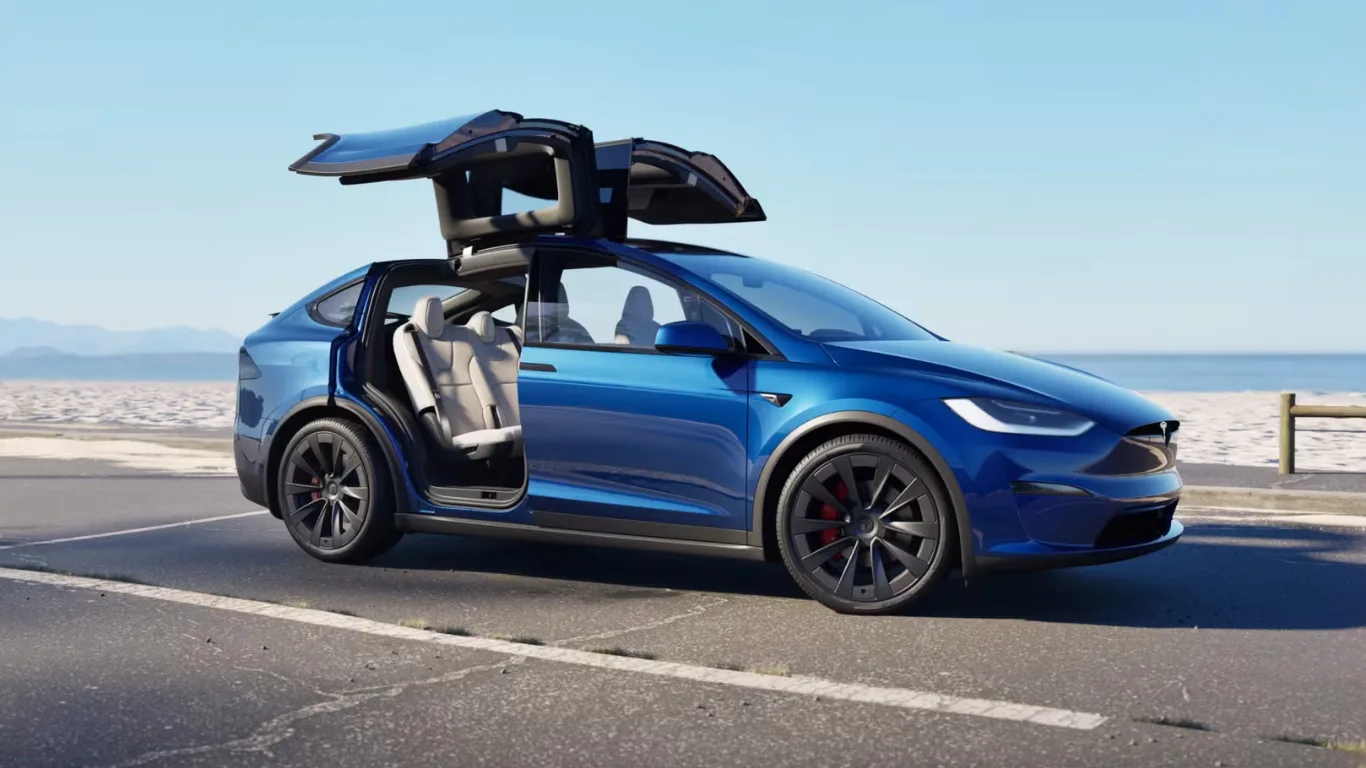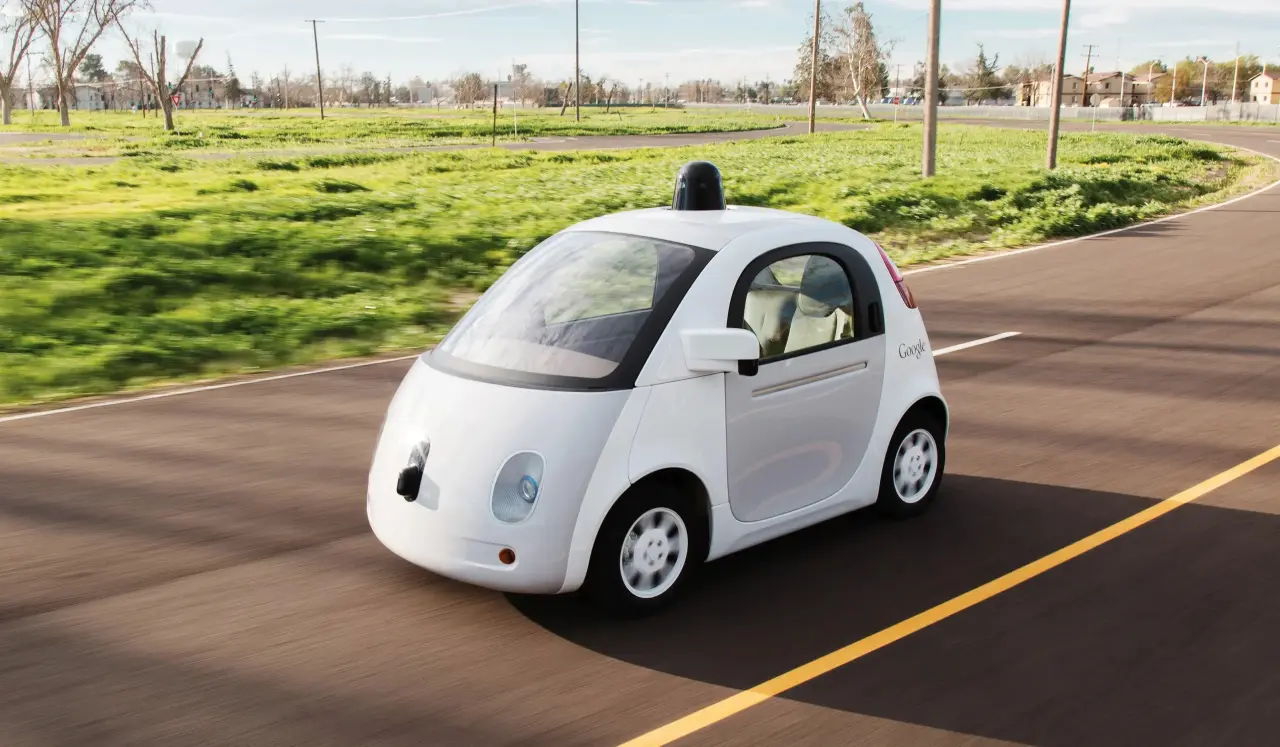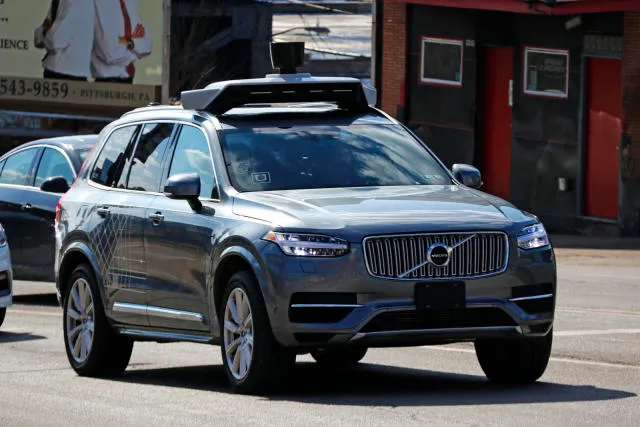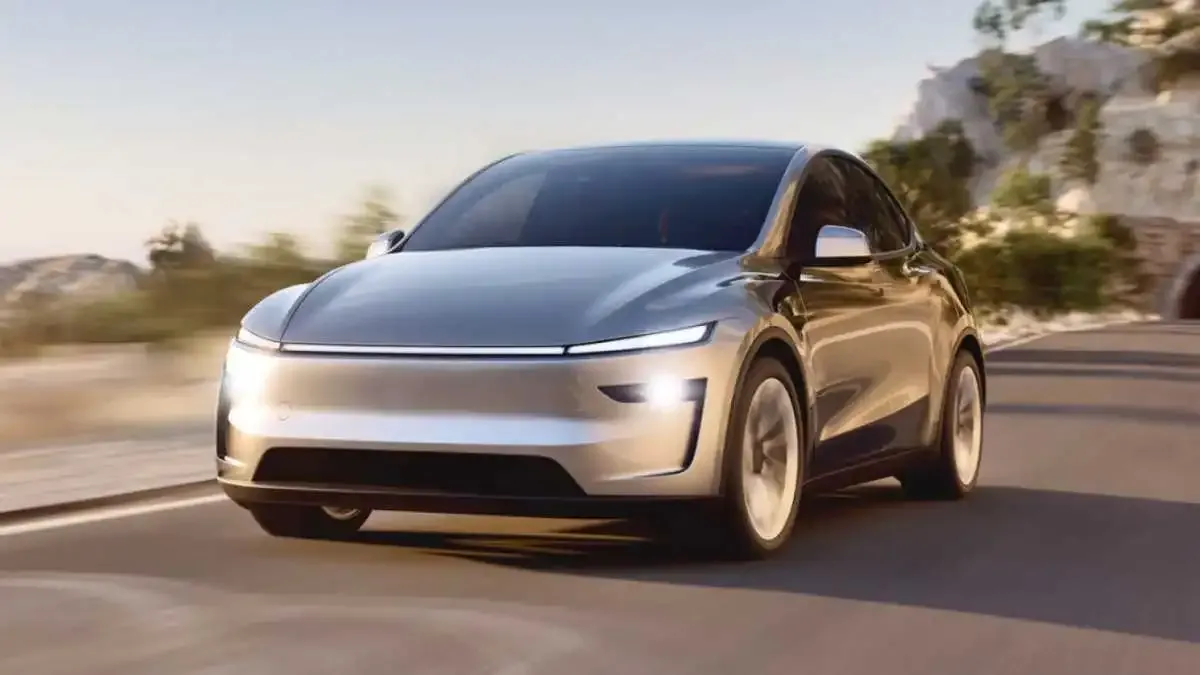
Waymo vs Uber ATG vs Tesla: Battle of Autonomous Titans
In the ever-evolving world of independent vehicles, three industry pioneers have taken center stage—Waymo, Uber ATG (Progressed Innovations Gather), and Tesla. Each brand brings a one of a kind vision, inventive innovation, and vital approaches to revolutionize transportation as we know it.
This web journal jumps profound into the Waymo vs Uber ATG vs Tesla comparison, analyzing execution, security, computer program insights, trade models, and long-term potential. For those looking for clarity in the fast-paced world of self-driving cars, this breakdown offers the extreme guide.
Understanding the Key Players in Independent Driving
Waymo – A Google-Backed Powerhouse

Waymo, a auxiliary of Letter set Inc. (Google’s parent company), has been a front-runner in independent driving.It evolved from Google's self-driving car experiment in 2009.Waymo centers simply on Level 4 independent vehicles and works a robotaxi benefit in select U.S. cities.
Uber ATG – Presently Beneath Aurora
Uber ATG was an effort by Uber to control the self-driving market. Be that as it may, due to security occurrences and money related weight, it was procured by Aurora Development in 2020. Whereas not as forceful as some time recently, Uber ATG's innovation still impacts the future of robotaxis.
Tesla – The Shopper Tech Giant
Tesla integrates self-driving technology into individual electric cars (EVs), in contrast to Waymo and Uber ATG. Its Full Self-Driving (FSD) Beta framework employments real-world information collected from millions of Tesla vehicles, improving neural systems and driver assistance.
Read More: The Future of Waymo: Autonomous Transportation Revolution
Technology Comparison: Sensors, Program & AI
Waymo’s LiDAR-Centric Approach
Waymo employments a combination of LiDAR, radar, and cameras for recognition. Its exclusive program, Waymo Driver, deciphers environment in 360 degrees with real-time decision-making.
- Strengths: Profoundly exact spatial mapping
- Weakness: Costly equipment (LiDAR sensors)
Uber ATG’s Crossover Sensor Model
Before procurement, Uber ATG too utilized a LiDAR-based framework. Their vehicles were intensely dependent on pre-mapped regions and worked inside geo-fenced zones.
- Strengths: Controlled testing environment
- Weakness: Constrained flexibility exterior mapped zones
Tesla’s Vision-Based System
Tesla trench LiDAR totally, depending as it were on cameras and neural nets. Agreeing to Elon Musk, “vision is all you need,” mirroring how people drive.
- Strengths: Cheaper equipment, adaptable to buyer EVs
- Weakness: Battles in low-visibility or unusual conditions
Data Collection & Real-World Learning
Waymo’s Controlled Information Collection
Waymo accumulates information from its robotaxi armada, working basically in Phoenix and San Francisco. It centers on accuracy over scale.
Uber ATG’s Early Thrust with Ride-Hailing Integration

Uber’s early association with Volvo and integration with its possess app made a wide but short-lived pool of testing data.
Tesla’s Enormous Real-World Dataset
Tesla has the upper hand in scale. Each Tesla on the street with Autopilot or FSD sends back telemetry, bolstering the neural net millions of real-world scenarios.
Safety & Controversies
Waymo: Tall Security Standards
Waymo places a high priority on security, with over 20 million real-world miles and over 10 billion reenacted miles. There have been negligible open incidents.
Uber ATG: Appalling Setback
A deadly crash in 2018 including an Uber ATG vehicle in Arizona ended its operations and essentially harmed its open image.
Tesla: Blended Reputation
Tesla’s FSD framework is in beta. Whereas millions utilize Autopilot every day, mischances and the need of administrative endorsement have started debates.
Read Also: Exploring the Future of Waymo Autonomous Vehicles
Business Models Compared
| Brand | Focus | Revenue Model | Availability |
|---|---|---|---|
| Waymo | Robotaxi Service | Mobility as a Service (MaaS) | Phoenix, SF |
| Uber ATG | Research & Partnerships | Licensing (via Aurora) | Limited Trials |
| Tesla | Consumer EVs + FSD | FSD Add-on Sales + Car Sales | Global |
Tesla's approach targets consumers, whereas Waymo and Uber ATG (via Aurora) target fleet and venture mobility.
Deployment & Coverage
Waymo: Moderate but Strategic
Currently works in Phoenix, San Francisco, and extending to Los Angeles. Centers on ride-hailing inside geo-fenced zones.
Uber ATG: Presently Passive
No longer effectively creating, but Aurora employments its tech for coordinations and trucking.
Tesla: Worldwide Reach

Tesla’s FSD beta is accessible in North America, Europe, and Asia to chosen drivers. Equipment is standard in all more current Teslas.
Lawful & Administrative Challenges
- Waymo takes after strict grants and reports all disengagements.
- Uber ATG confronted administrative backfire post-incident.
- Tesla markets FSD as beta, frequently criticized for remiss wording vs genuine autonomy.
Funding, Valuation & Partnerships
| Company | Key Partnerships | Estimated Value |
|---|---|---|
| Waymo | Jaguar, Stellantis | $30B+ |
| Uber ATG (Aurora) | Toyota, PACCAR | $10B+ |
| Tesla | Panasonic, Nvidia | $1T+ (overall) |
Future Guide & Predictions
Waymo’s Path
- More robotaxi zones
- Potential trucking expansion
- Strong city-by-city rollout strategy
Uber ATG (Aurora’s Plans)
- Focusing on independent cargo and logistics
- Building on Uber’s early inquire about foundation
Tesla’s Vision
- A worldwide Tesla Robotaxi Network
- Level 5 independence through unadulterated vision
- Continued consumer-level innovation
Expert Opinion
"Waymo leads in independent security and accuracy, but Tesla's versatile shopper demonstration is unrivaled." Uber ATG's legacy technology endures in freight-oriented innovation.
— Dr. Anjali Sharma, Independent Frameworks Analyst
Key Takeaways
- Waymo vs Uber ATG vs Tesla highlights three special ways to independence: robotaxi benefit, tech authorizing, and consumer-based systems.
- Tesla overwhelms in scale and advertise integration, whereas Waymo centers on more secure, controlled autonomy.
- The legacy of Uber ATG is carried on by Aurora, especially in the logistics sector.
- Regulatory clarity and real-world security will decide the victor in the self-driving race.
Final Verdict
When comparing Waymo vs Uber ATG vs Tesla, it’s clear the independent race is not fair approximately who gets there to begin with, but who gets there most secure, most astute, and most scalable.
Frequently Inquired Questions
Q1: Is Tesla's FSD completely autonomous?
No, Tesla’s FSD is right now in beta and requires driver attention.
Q2: Which is more secure, Waymo or Tesla?
Waymo has a more steady security record due to its geo-fenced, controlled testing.
Q3: Does Uber still create independent vehicles?
Uber sold ATG to Aurora but keeps up a organization for future integration.
Q4: Which brand employments LiDAR?
Waymo and Uber ATG (Aurora) utilize LiDAR; Tesla does not.
Q5: When will independent cars ended up mainstream?
Experts foresee mass appropriation between 2030–2035, pending administrative endorsement.


